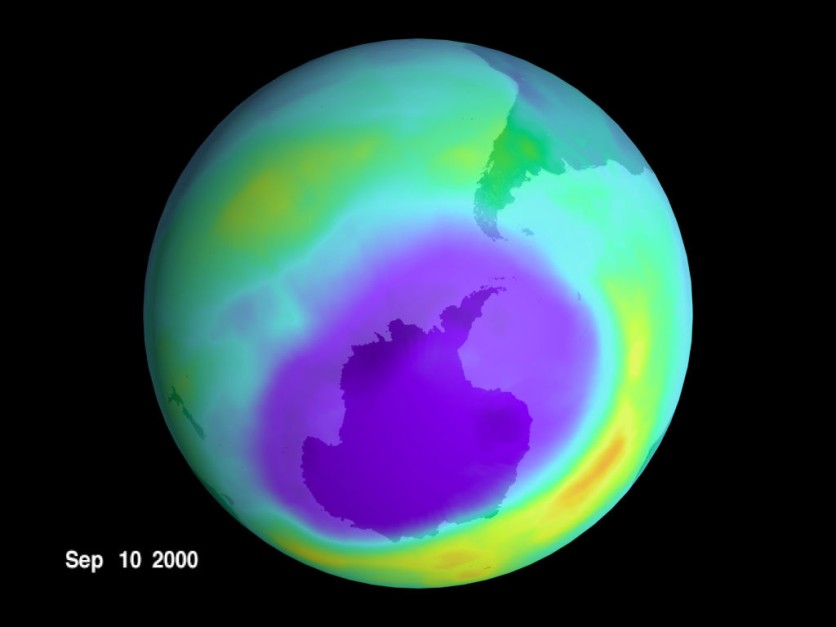Scientists stated that worldwide ozone layer protection measures have been a major achievement, showing that harmful gases are dropping faster than projected.
Experts, according to Science Alert, attribute the sharp drop in HCFCs to the 1987 Montreal Protocol. The global agreement sought to phase out ozone-depleting compounds found in refrigeration, air conditioning, and aerosol sprays. They say tougher national laws and industry restructuring ahead significantly helped.
According to new research, HCFCs, which deplete the ozone layer, peaked in 2021, five years ahead of forecasts.
'Huge Global Success'
The study's principal author, Bristol University's Luke Western, said things are going well, noting that global efforts to restore the ozone layer have been "a huge global success."

He added that there is a positive outlook that "environmental treaties" can be effective "if properly enacted" and observed. By 2010, CFCs were no longer used. By 2040, the use of HCFC compounds will be stopped.
The study, first published in Nature Climate Change, used data from the Advanced Global Atmospheric Gases Experiment and the US National Atmospheric and Oceanic Administration to assess these pollutants' atmospheric levels.
CFCs and HCFCs are greenhouse gases. CFCs remain in the atmosphere for hundreds of years, whereas HCFCs stay roughly two decades. The use of products containing the chemicals will continue to impact the ozone layer for years, even after their discontinuation, and it may take four decades for the ozone layer to return to 1980s levels, per the UN Environment Programme in 2023.
The stratosphere, Earth's second layer of protective gases, relies on the ozone layer. According to National Geographic, ozone gases in the top layers absorb ultraviolet (UV) light, warming the stratosphere.
Ozone, a tiny gas with only three molecules per 10 million air molecules, absorbs sunlight and is critical. Life needs some sun radiation, but too much is dangerous.
The ozone layer shields life on Earth by trapping UV light, which can penetrate the skin and harm DNA in plants and animals. UVB and UVA are the two main UV types. UVB exposure can cause sunburns and basal and squamous cell carcinomas.
New Threat to Ozone Layer: Low-Orbit Satellites
Satellite debris threatens the ozone layer's recovery as harmful compounds in the atmosphere are declining. According to a report from Phys.org, aluminum oxide particles in the atmosphere have grown eightfold between 2016 and 2022 due to the rising number of low-Earth orbit satellites, according to Geophysical Research Letters research. These particles might erode the Earth's ozone layer, reversing its protection.
A University of Southern California study discovered that aluminum oxides do not react chemically and can harm ozone molecules for decades as they travel through the stratosphere.
The researchers calculated that by the time the planned satellite constellations are complete, annual aluminum oxide emissions will increase by 646 percent.
The report emphasizes the necessity of monitoring and regulating satellite contamination, which has been disregarded in the race to deliver worldwide internet service. The researchers noted that satellite re-entry pollution might delay ozone layer regeneration by decades.
Related Article : NASA's Perseverance Rover Captures 'Bright Angel' on the Surface of Mars

ⓒ 2026 TECHTIMES.com All rights reserved. Do not reproduce without permission.




